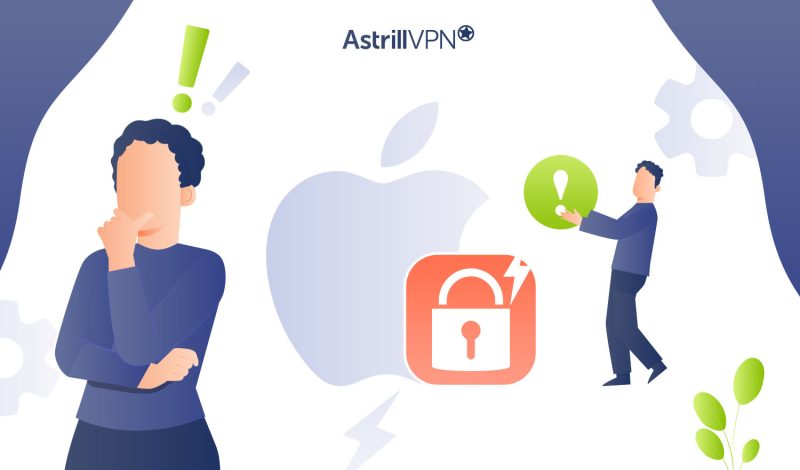Critical Flaw in Apple’s Latest Stolen Device Protection Feature – Here’s the fix

Urfa Sarmad

Apple has recently released iOS 17.3 with a new feature called Stolen Device Protection, which enables you to protect your sensitive and confidential data in case a thief steals your iPhone and has gained access to your password. However, there’s a specific flaw in this feature that you should know about.
The Stolen Device Protection feature resulted from the rising theft of iPhones in restaurants and bars, with one criminal making a staggering $300,000. This was investigated by the Wall Street Journal’s Johanna Stern.
These thieves started targeting users in bards and other social places, and the criminals would observe the victims entering the passcode on their iPhones before they stole the devices. From there, the criminals can lock users out of their accounts using passwords saved to the Keychain password manager.
The Stolen Device Protection features help iPhone users in multiple ways. Firstly, when enabled, it requires Face ID and Touch ID Authentication before users can change essential security settings like Apple ID passwords and device passcodes. Secondly, a one-hour security delay exists before users change these security settings. This allows users to mark the iPhone as lost before the thief can make any critical changes.
The Critical Flaw Of This Security Feature
The Stolen Device Protection feature is automatically turned off when in a familiar location like your home or workplace. According to Apple’s Support:
“When your iPhone is in a familiar location, these additional steps are not required, and you can use your device passcode like usual. Familiar locations typically include your home, work, and certain other locations where you regularly use your iPhone.”
This means that if you’re in places you frequently visit, such as a local cafe, bar, or mall, it might get marked as a familiar place, meaning the Stolen Device Protection feature will not work. This issue needs to be fixed immediately, and we’ll walk you through how you can do it.
Fix the iPhone Stolen Device Protection Flaw in iOS 17.3
Although it’s unclear how Apple determines a significant location as a familiar location for the Stolen Device Protection feature, there’s an easy way to fix this. You can turn off any significant locations by going to Settings > Privacy & Security > Location Services > System Services and then Significant Locations.
Add An Extra Layer of Security on Your iOS With AstrillVPN
If you’re looking for additional steps to take your privacy and security to the next level and protect your iOS device, then it’s time to invest in a VPN. AstrillVPN encrypts your internet traffic and masks your IP address, ensuring that your sensitive and confidential data remains safe, secure, and free from being intercepted or deciphered by third parties and malicious actors.
If you’re out in your favorite hangout place and using a public network, your data, and online accounts remain safe and protected as long as you’re connected to the VPN. This is because public networks are the most vulnerable to cyberattacks, so using a VPN for iOS helps prevent the data on your iPhone from getting compromised when you’re using a public network.

No comments were posted yet